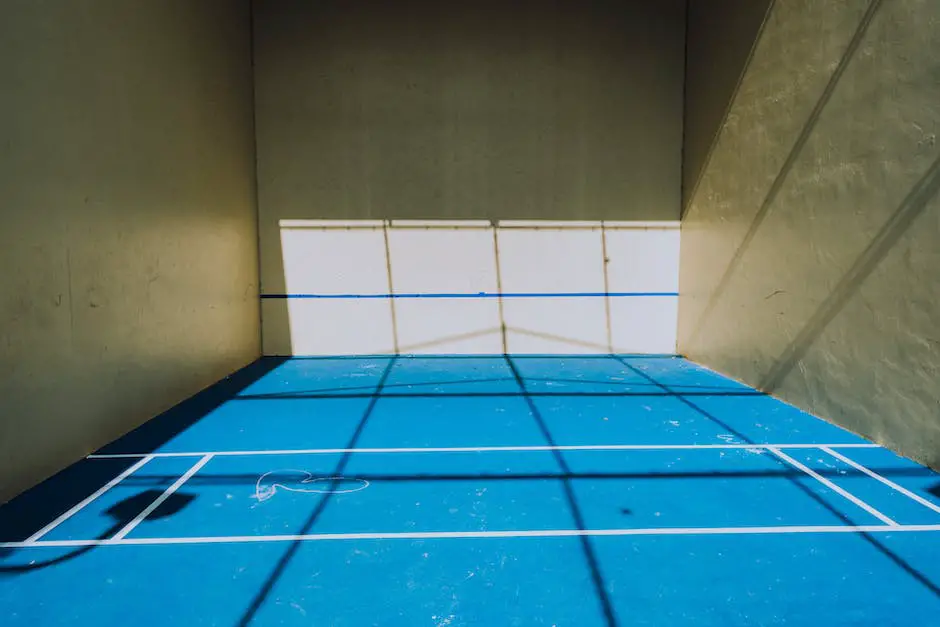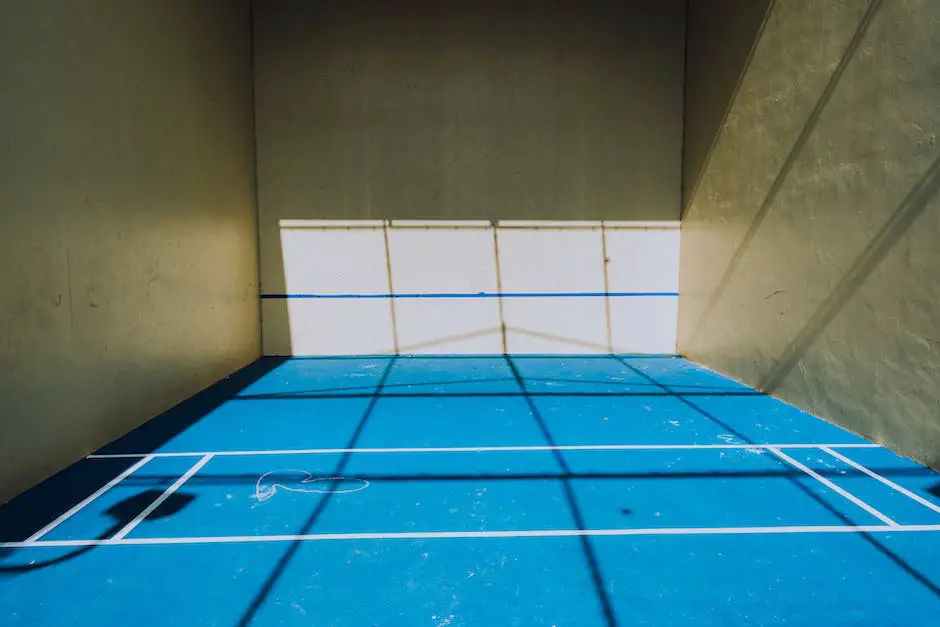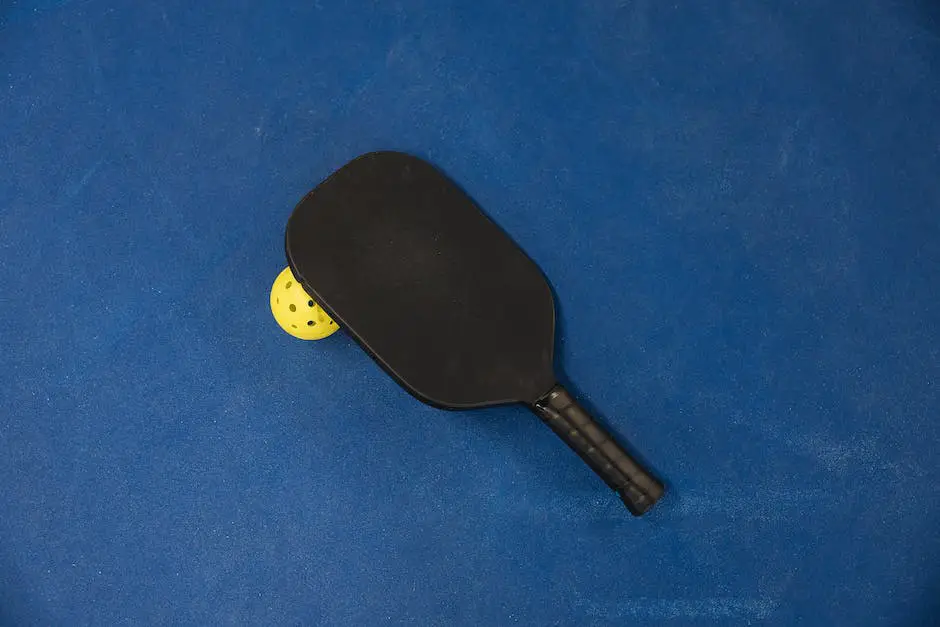Whether a novice or seasoned player, understanding the fundamental rules and strategies of pickleball, particularly in serving enables you to maximize your performance and enjoy the complexities of the game. This exploration will guide you through the essentials of the court dimensions and markings, specifically focusing on the serving boxes and the ‘kitchen’, or no-volley zone. A quick tour around the court will set a foundation for the underlying serving rules. In addition to the spatial understanding, we delve into the intricacies of the serving techniques. Unlike many other paddle sports, pickleball dictates an underhand serve, banning the overhand variety altogether. This section will offer detailed insights into mastering the distinct pickleball serving styles. Lastly, while knowing what to do is critical, being aware of what not to do is equally significant. The discussion around serving faults and violations, from foot faults to no-volley zone faults, will lend a comprehensive perspective on potential mistakes that players should steer clear from.
Understanding the Court
Scale and Dimensions of a Pickleball Court
A standard pickleball court is sized similar to a badminton court – about 20 feet wide and 44 feet long. Familiarizing with this basic design is a good starting point. This large rectangular section is divided into two equal square halves measuring 22 feet by 20 feet each. These two halves represent the serving sections for each player (or team, in doubles).
Understanding the Service Boxes on a Court
Within each half of the court, there are two smaller rectangles, referred as service boxes. They measure 15 feet in length and 10 feet in width. In the game, the server must hit the ball into the diagonally opposite service box on the other side of the net. For instance, if the server stands in the right-hand box, they aim to get the ball to land in the opponent’s right-hand service box located diagonally across the net. A successful serve requires both feet to be behind the baseline at the time of serving.
Interpreting the No-volley Zone or ‘Kitchen’
Towards the net, in each half of the court, there’s a 7-foot area called the non-volley zone, or commonly known as the ‘kitchen’. No volleying or smashing of the ball is allowed in this zone, meaning the ball must bounce once before being returned. If the player steps into the kitchen while volleying, it results in a fault.
Grasping the Serving Sequence and Score
In pickleball, only the serving team can score points. The initial service of the game is determined by a coin toss. Serving continues with the same player until a fault is made. After the first fault, the server’s partner takes over the serve until they fault, at which point the serve is turned to the other team. Upon gaining back the serve, the player who did not initially serve will start. The teams alternate in this fashion throughout the game. Scoring in pickleball is done ‘old school’: you announce the server’s score first, then the receiver’s score.
Understanding these areas and their respective rules can not only help you strategically plan your serves better but also allow for a better defensive plan setting up against your opponent’s serve. Remember, the game of pickleball begins and rotates with the service, so knowing these rules is vital.

Serving Techniques
Understanding the Underhand Serve
The underhand serve is the only serve allowed in pickleball. To execute it, there are a few rules you need to follow. Firstly, you must contact the ball below waist level. The waistline is defined as the navel level, not where you wear your belt or shorts. For a correct underhand serve, your paddle must move in an upward arc. The head of your paddle should be below your wrist when hitting the ball.
Serving Sequence in Doubles Game
In a doubles game, serving starts from the right-hand court, and two players from the same team can only start serving when they are on the right-hand court. The first server will continue to serve until a fault is made, following which the serving right is passed to the opponent team. The server’s partner then assumes the role of a server and will continue serving until a fault is made.
Serving Position and Foot Faults
It is important to stand behind the baseline during the serve. In pickleball, a foot fault occurs if the player steps on or over the baseline before making contact with the ball. Feet must not touch the court or the line at any time before the serve is hit. Additionally, the player must serve diagonally across the court to the opposite service box.
The Double Bounce Rule
The double bounce rule is a unique pickleball rule which states that, after serving, the ball must bounce once in the receiver’s service court before being returned, and must bounce again on the server’s side before being returned. In other words, the ball must bounce twice before a volley of non-bouncing returns can begin.
Faults in Pickleball Serving
Besides foot faults, some other faults that can occur while serving in pickleball include: Serving before the receiver is ready, serving out of turn, the ball touching any part of the non-volley zone on the serve, failure to serve diagonally, the serve not clearing the net, and the ball bouncing on the wrong side of the court.
Power Serving vs Soft Serving
Generally there are two types of serving styles found in pickleball; power serving and soft serving. A power serve is when you strike the ball with as much force as possible, causing it to travel fast and low over the net. This type of serve can put the receiver under pressure, but can also be risky and lead to faults. On the other hand, a soft serve is gentler and focuses more on placing the ball accurately in the service box. This serve is more reliable, but does not put as much pressure on the opponent.
Always remember to follow these rules to serve correctly in pickleball. Practice different types of serves to see what works best for you and to give yourself more variations in the game.

Serving Faults and Violations
Pickleball Serving Rules: Understanding Faults and Violations
Pickleball serving has specific rules and guidelines to ensure fair play, and knowing these can help you reduce service errors during games. A fault or violation occurs when these rules are breached, resulting in the loss of your serving turn.
Foot Faults in Serving
One of the most common faults during serving is a foot fault. A foot fault occurs when your feet cross the baseline during the serve. Both feet need to stay behind the baseline until after contact with the ball is made. Stepping on or crossing over the baseline results in a foot fault.
Serving into Non-Receiving Area
When serving, you should direct the ball diagonally across the court, into the correct service court. If your server lands in the wrong service box or outside the court boundaries, it is considered a service area fault and you lose your serve.
No-Volley Zone Faults
A fault also occurs for any serve that bounces in the no-volley zone, commonly known as the ‘kitchen’. The serve should always land beyond the no-volley zone, in the opposite service box.
Double Bounce Rule
Another important aspect to note is the “double-bounce rule.” The ball must bounce once on the receiver’s side before they return it, and once on the server’s side before they reply to the return. If the server violates this rule by striking the ball before it bounces on their side, a fault is called.
Service Misses
Service errors can occur when you miss the ball during your attempt to serve or if the ball hits any part of your clothing or body before it bounces on your opponent’s court. Both instances count as faults.
By understanding and avoiding these faults and violations, you can greatly reduce serving errors during your pickleball games. It’s also important to practice serving as per the rules to improve accuracy and maintain consistency in your serves.

The realm of pickleball serving can seem bounded by intricate rules and stipulations that might initially appear daunting. However, once you get a grip on the court layout, the underhand serving technique, and the frequent serving faults, they morph into exciting challenges that spice up the gameplay instead of intimidating constraints. Keep exploring, practicing, and playing, with this knowledge by your side, and no serve would be too challenging to handle, nor any fault too harrowing to avoid. Enjoy the tactful journey through the fascinating world of pickleball serves, for it’s not only about understanding the rules but about experiencing the joy of learning and improving with each swing of the paddle.